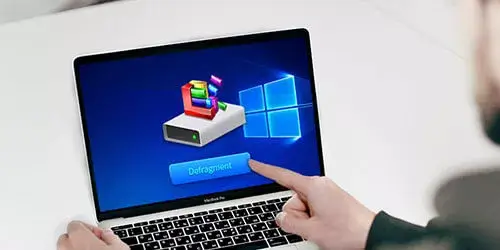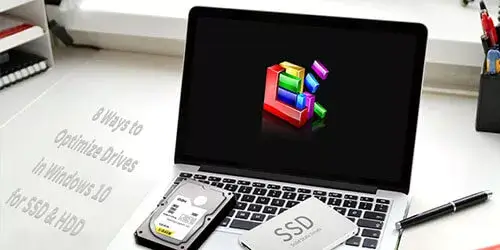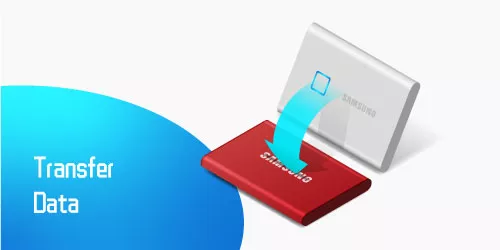How to Clear Up SSD Space in Windows 10
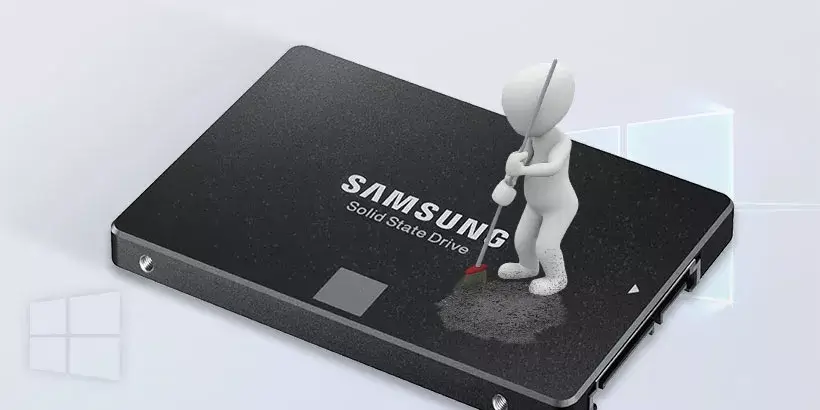
Nowadays, for a faster read-write speed, more and more personal computers are equipped with solid state drive (SSD), but the capacity of the SSD hard drives is relatively smaller. SSD for the mainstream models are generally 128G or 256GB, and for the old models are even only 64GB or 32GB. However, big games and 4K videos of several gigabytes may occupy SSD space a lot. As the use time increases, a large amount of data is stored in the hard disk, making the drive run out of space. How to get more free space of used SSD? The post How to Clear Up SSD Space in Windows 10 will provide you with 6 ways to clear disk space.
Way 1: Clear disk space automatically via Storage Sense
Storage Sense, is a relatively new feature of Windows 10 operating system, which can free up disk space by automatically deleting files. If you want your Windows PC to clear temporary files and some other types of data periodically, you may find Storage Sense useful and convenient. Turn on the Storage Sense by following the steps below:
Step 1: Open Start Menu -> Select Settings -> Double-click on System option.
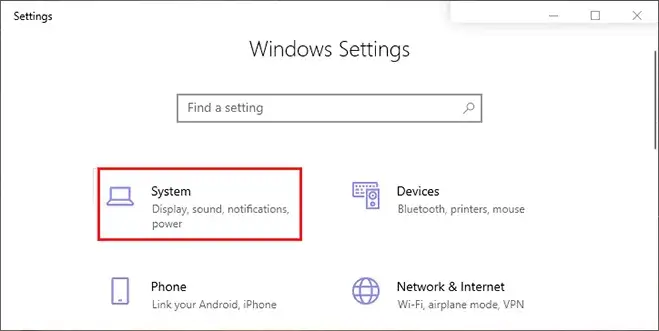
Step 2: Navigate to Storage in the left pane -> Turn on the Storage Sense button to have Windows delete unnecessary files automatically. And then you can click on Configure Storage Sense or run it now option to change its settings.

Step 3: As the screenshot below, you can set the time frequency for Windows running Storage Sense and deleting files in recycle bin and Downloads folder.
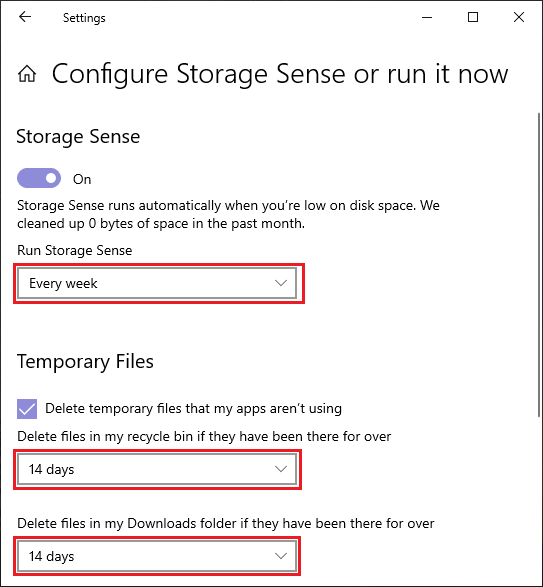
Way 2: Apply Disk Cleanup to clear system files
When the computer is used for a long time, it is inevitable that a great many of cache files generate on the disk. For that, we can apply the windows built-in tool Disk Cleanup to release SSD storage space.
Step 1: Type cleanmgr.exe or disk cleanup in search Windows search box and hit Enter key. Then a dialog for drive selection pops up, and select your SSD drive and tap OK to proceed.
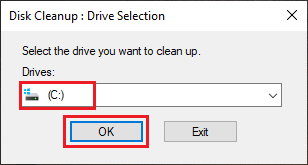
Step 2: Tick the file options you want to delete, and click OK to execute. Such files like temporary files, recycle bin system restore points and other files with large memory should be checked for free up more SSD space.

Way 3: Clear up junk files and invalid registry
In fact, Windows Storage Sense and Disk Cleanup may not clean up the types of log files, data cache and invalid registry in depth. For this issue, I recommend a third-party tool System Genius to you to clear SSD more thoroughly.
Download: System GeniusStep 1: Download and install System Genius on your computer. Launch it after installation, and then click on Scan button.
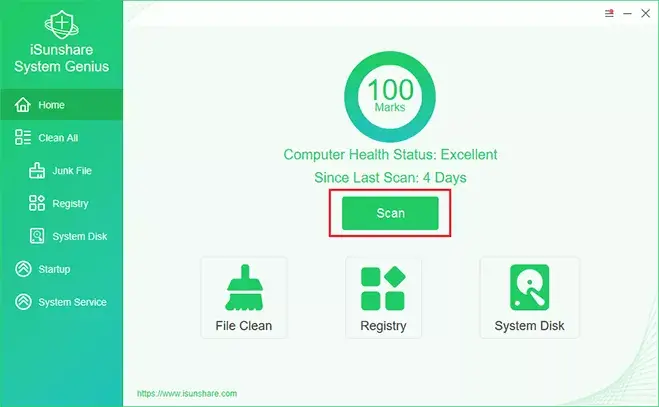
Step 2: After scanning, you can find the junk files and invalid registry are shown on the software interface. Now click on Clean button to sweep away these files.
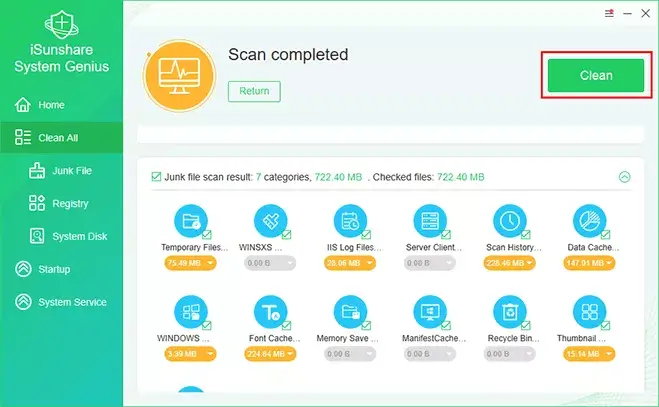
Way 4: Remove or delete large files
After a long-period use, there are lots of documents videos, images, etc. stored in the SSD. Among them, some with large memory occupy the SSD much space. If you have another hard disk on the computer, remove the needed large files to another disk. In addition, sort out the unneeded large files. Before the two actions, what we need to do is to find the large files on the SSD:
Click on This PC -> Select the SSD(C drive) -> Enter size: large in the search box and choose the size you want in the pull-down list -> Hit Enter. After a few moments, the large files are displayed.
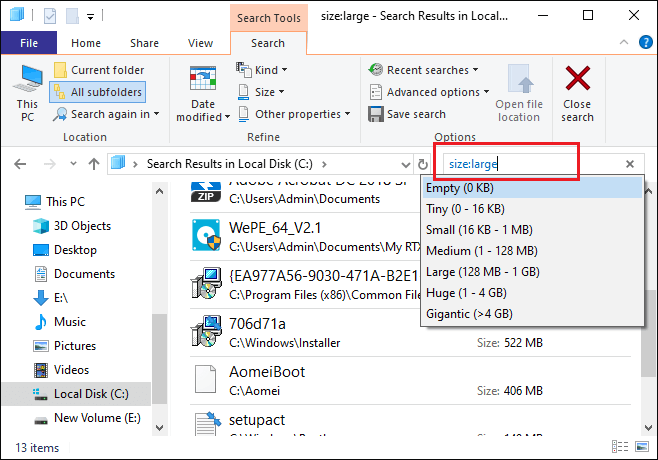
Way 5: Disable Hibernation and delete hibernation files
There are several power management options in Windows 10, one of which is Hibernation. Hibernation mode is useful and convenient when you need to leave for a while. It saves your current running programs, open files or folders and so on, then you can restart the system quickly when you come back. However, under this mode, a hiberfil.sys file of will be generated on your hard drive, taking up several gigabytes space. If you have no need to use the Hibernation mode, or you are eager to get more free space, you can disable Hibernation and delete hibernation files by such a way.
Open the start menu, enter cmd in Windows search box, right-click to run the command prompt as administrator, and then input the command: powercfg -h off, and then hit Enter.
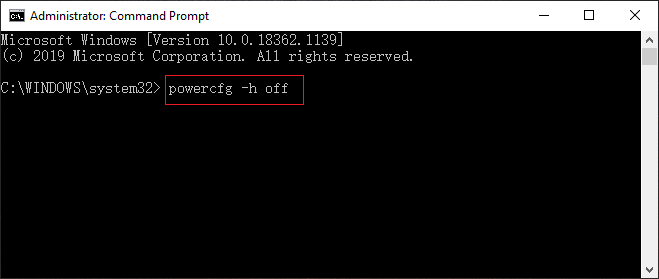
Way 6: Uninstall unnecessary programs
Uninstalling unnecessary programs is also a useful way to release SSD space. Check the programs installed on the computer, find out the ones which are useless for you. And uninstall them following the steps:
Step 1: Enter control panel in Windows search box -> Hit Enter key -> Click on Uninstall a program under Programs tab.
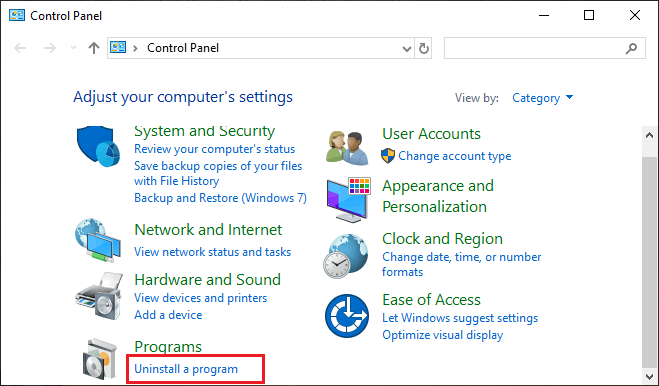
Step 2: Then the Programs and Features window pops out, select the unneeded program and right-click on it for its uninstallation.
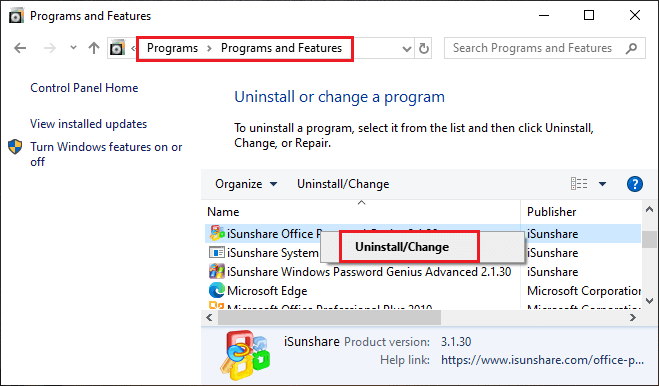
Summary
All the approaches mentioned above are temporary relieves. An SSD with larger capacity is the final solution, if you need to store more newly data. Then, you can clone the data from the original SSD to the larger one. I would like to recommend you a reliable and free software, CloneGo, to help you finish the task of disk cloning.


